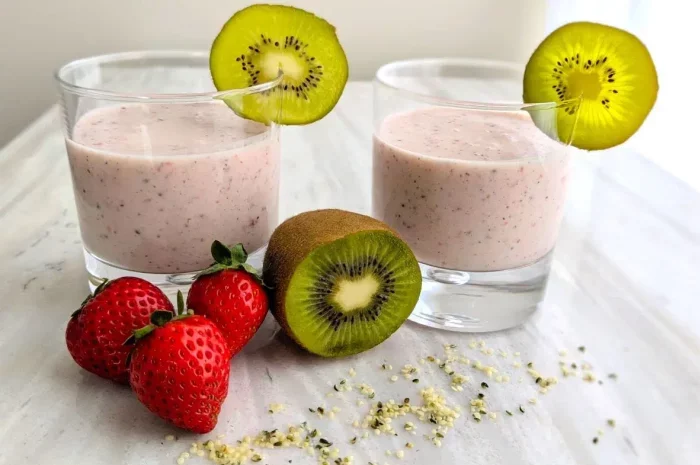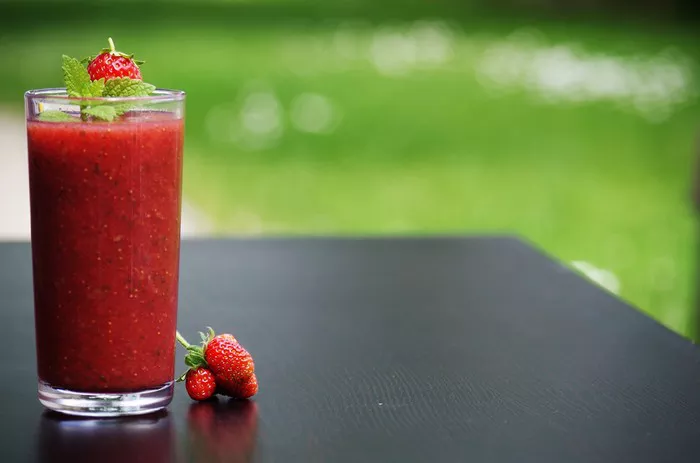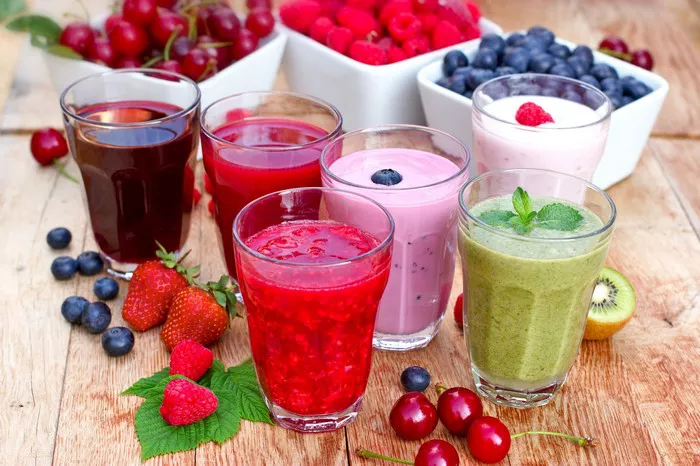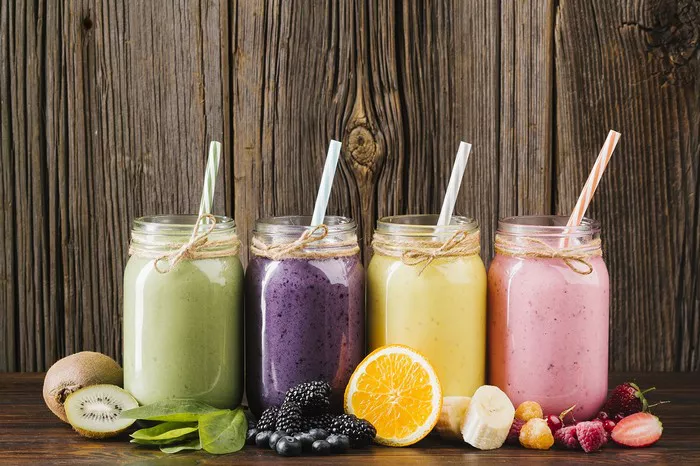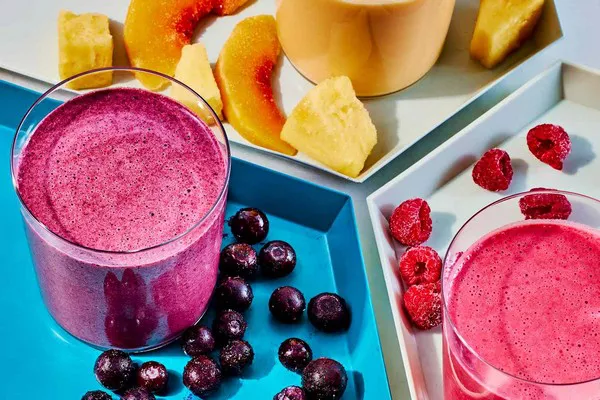Fondant icing is a versatile and smooth sugar paste used to decorate cakes, cupcakes, and pastries. Its unique texture comes from the precise balance of its ingredients: sugar, water, gelatin, and glucose. When heated and kneaded, these components form a pliable dough that hardens slightly at room temperature, creating a flawless finish.
Sugar acts as the foundation, providing structure and sweetness. Gelatin adds elasticity, allowing the fondant to stretch without tearing. Glucose syrup prevents crystallization, ensuring a glossy surface. Understanding these interactions is key to mastering fondant. The process of combining these elements mirrors the psychological concept of cognitive flexibility—the ability to adapt and blend different ideas into a cohesive result. Just as fondant requires patience and precision, the human mind thrives when challenges are approached with curiosity and adaptability.
The Psychology of Baking with Fondant
Baking with fondant isn’t just about creating visually stunning desserts—it’s also a therapeutic activity. The tactile experience of kneading and shaping fondant engages the senses, promoting mindfulness. This state of focused attention can reduce stress and anxiety by diverting the mind from intrusive thoughts.
The satisfaction of transforming simple ingredients into edible art taps into the psychological principle of self-efficacy—the belief in one’s ability to succeed. Completing a fondant project reinforces confidence, encouraging individuals to tackle new challenges. Additionally, the creative process stimulates dopamine release, a neurotransmitter linked to pleasure and motivation.
Essential Ingredients and Tools for Perfect Fondant
Creating fondant requires specific ingredients and tools. Using the right materials ensures a smooth texture and workable consistency.
Ingredients
Powdered Sugar: Provides structure and sweetness.
Gelatin or Vegetarian Substitute: Adds elasticity.
Glucose Syrup or Corn Syrup: Prevents drying and cracking.
Water: Activates the gelatin.
Flavor Extracts (Optional): Vanilla or almond enhance taste.
Tools
Silicone Mat: Prevents sticking.
Rolling Pin: For flattening the fondant.
Plastic Wrap: Keeps the dough moist.
Food Coloring Gel: For vibrant hues.
Having organized tools and ingredients reduces cognitive load, allowing bakers to focus on the task. This aligns with the psychological concept of environmental mastery—the ability to manage daily responsibilities effectively. A clutter-free workspace fosters calmness and efficiency.
Step-by-Step Guide to Making Fondant Icing
Preparing the Base
Begin by blooming gelatin in water. Sprinkle powdered gelatin over cold water and let it sit for five minutes. Once spongy, heat the mixture gently until dissolved. Combine this with glucose syrup and a small amount of shortening to prevent sticking. Gradually add powdered sugar, mixing until a dough forms.
This step requires patience. Rushing can lead to lumps or uneven texture. The methodical process mirrors flow theory—a mental state where complete immersion in an activity leads to heightened focus and enjoyment.
Kneading the Fondant
Transfer the dough to a silicone mat dusted with powdered sugar. Knead vigorously for 10–15 minutes until smooth and elastic. The physical motion of kneading engages proprioceptive senses, which are linked to emotional regulation. This repetitive action can feel meditative, grounding the baker in the present moment.
Coloring and Flavoring
Divide the fondant into portions for coloring. Use gel-based food coloring to avoid altering the consistency. Add a few drops at a time, kneading until the color is even. For flavor, incorporate extracts sparingly to prevent stickiness.
Personalizing fondant taps into self-expression, a core aspect of psychological well-being. Choosing colors and flavors reflects individual identity, fostering a sense of ownership over the creation.
Storing Fondant
Wrap unused fondant tightly in plastic wrap and store in an airtight container. Proper storage prevents drying and extends usability. This practice emphasizes the importance of preparedness—a trait associated with reduced anxiety in uncertain situations.
Troubleshooting Common Fondant Issues
Even experienced bakers encounter challenges. Understanding solutions builds resilience and problem-solving skills.
Cracking: Caused by dryness. Knead in a small amount of shortening or water.
Sticking: Dust surfaces with powdered sugar.
Tearing: Over-kneaching can cause stiffness. Let the fondant rest before reshaping.
These fixes align with growth mindset principles—viewing setbacks as opportunities to learn rather than failures.
The Joy of Sharing Creations
Sharing fondant-decorated treats fosters social connection. The act of giving activates the brain’s reward system, releasing oxytocin, the “bonding hormone.” Recipients feel valued, strengthening relationships. This mutual exchange highlights the psychological importance of community and belonging.
Conclusion
Making fondant icing blends science, creativity, and psychology. From the precise chemistry of ingredients to the mental benefits of mindful baking, this craft offers more than just beautiful desserts—it nurtures confidence, reduces stress, and connects people. Whether you’re a novice or a seasoned baker, mastering fondant is a journey of discovery, patience, and joy.
By approaching each step with curiosity and embracing imperfections, you transform simple sugar into edible art—and along the way, you might just find a deeper appreciation for the process itself.
Related topics:
How to Make a Mermaid Cake: A Step-by-Step Guide







